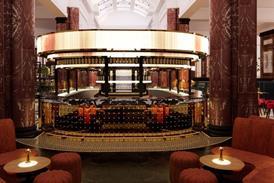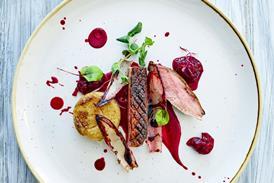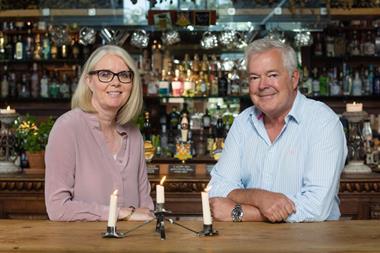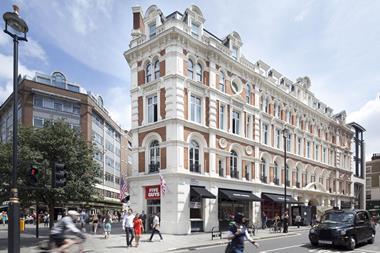Mitchells & Butlers has been quietly rolling out across its pubs an impressive piece of kit.
It represents a cutting-edge piece of innovation in the pub and restaurant market, one that is essentially transforming the economics and profitability of one of M&B's biggest selling products.
So what is the mind-boggling bit of NPD? The answer is: draught wine. Yes, that's right. Wine dispensed from the cellar through taps on the bar.
Frankly, it sounds horrific, doesn't it? Like something from the 1970s that the industry should have consigned to the great snug in the sky.
But it isn't horrific. Nor is it an initiative for just the “value end” of M&B's business, such as Toby or Pub Carvery. Draught wine is being rolled out across M&B's entire restaurant portfolio, including All Bar One, Harvester, Vintage Inns and Project S.
The wine is dispensed through at a tap on the front end of what looks like an aged cask, mounted into the back wall of the bar. The “cask” end is in fact a fascia that conceals a pipe running through to the cellar.
The wine is served in half litre or litre carafes.
The white is served at five degrees - much colder than normally possible through the traditional bottle chilling in fridges.
Although M&B is understandably reticent to go into too much detail, the wine, which has proved very popular with female drinkers, is thought to be accounting for up to 60% of sales, where both bottle and draught are available.
The figures are the exciting bit - and what will interest rival restaurant and pub operators.
The cost of procuring these wines is vastly less to M&B because it can buy in bulk directly from vineyards and therefore negotiate excellent buying terms. It also has massive cost-saving implications because of the reduced labour levels and waste.
The bottom line is that this initiative is taking wine into the same economic ballpark as beer, in terms of margins and profitability.
And that's rather handy given beer's steady decline and wine's rising star.
The move to draught wine is part of engrained mentality to differentiate from the supermarkets: why sell bottles of wine that are available for a third of the price at Tesco?
Freshly-squeezed fruit juice - which now accounts for the majority of juice sales - is another example.
It also taps into the increasing move to colder drinks, as witnessed with super-chilled beers and ciders. This is not a fad, it is a clear trend driven by the consumer.
It shows that M&B, one of the leaders in UK mass-market casual dining, can also innovate on the drinks side too.











































